Now that you have the application down, remember these bonus tips to ensure you’re using your dry shampoo to its full potential.
7. Style to add volume. Beyond the benefits at your roots, a dry shampoo is also a great tool for adding volume and life to fine or flat hair. Spraying an aerosol mid-shaft will give body to fine hair, and spraying it on the ends adds piecey, defined texture to your hairstyles. If chronic limpness is a hair issue for you, try adding fine hair products into your hair care routine. Adding a natural hair mask into the mix is also another great idea since the right formula can help tackle additional impurities on your hair and scalp. And even if you don’t have an extra minute to spare, here’s an easy dry shampoo hack: apply it to your hair before bedtime to absorb oil as you sleep. Brush it out in the morning and your hair should look more voluminous, texturized and clean.
8. Pick a non-toxic product. As is the case with most beauty products, some products are just better for the environment (and you) than others. Look for ones that have natural ingredients; a good example is looking for dry shampoo which is made with natural active ingredients like absorbent rice flour. And if you’re just looking for what to avoid, look for dry shampoos without things like sulfates, phthalates, GMOs or synthetic dyes.
9. Use sparingly. Now that you’re a confident dry shampoo user and understand all of the style-saving benefits it has, you might be tempted to reach for it every day. But this runs a risk of too much product build-up, which will leave your hair looking heavy and lifeless. Severe overuse of dry shampoo can even in some cases lead to hair loss where the hair follicle has been damaged due to excessive dryness. Do remember that this is not a replacement for your regular shampoo Your scalp needs regular proper cleansing to make sure you’re getting rid of bacteria and dead skin cells, and constantly applying dry shampoo is only going to absorb dirt and oil. After about 3 consecutive days of dry shampoo use, it’s time to shampoo for real. Try using a clarifying shampoo that specifically targets product build up, and you’ll start the day with clean, healthy hair. If you’re dealing with excessive build up that’s led to dandruff, a clarifying, detoxifying and purifying shampoo can target that cause.
Dry shampoo is known as a hair savior for a reason: it neutralizes greasy roots, extends the life of pricy salon blow-out sessions, and even adds natural-looking volume to fine or limp hair. Once you’ve considered the factors to finding the right dry shampoo for your hair color and type, as well as mastered the art of application, you’re good to go. Skip a wash day (or two) without skipping out on your style — dry shampoo has your back. And roots.
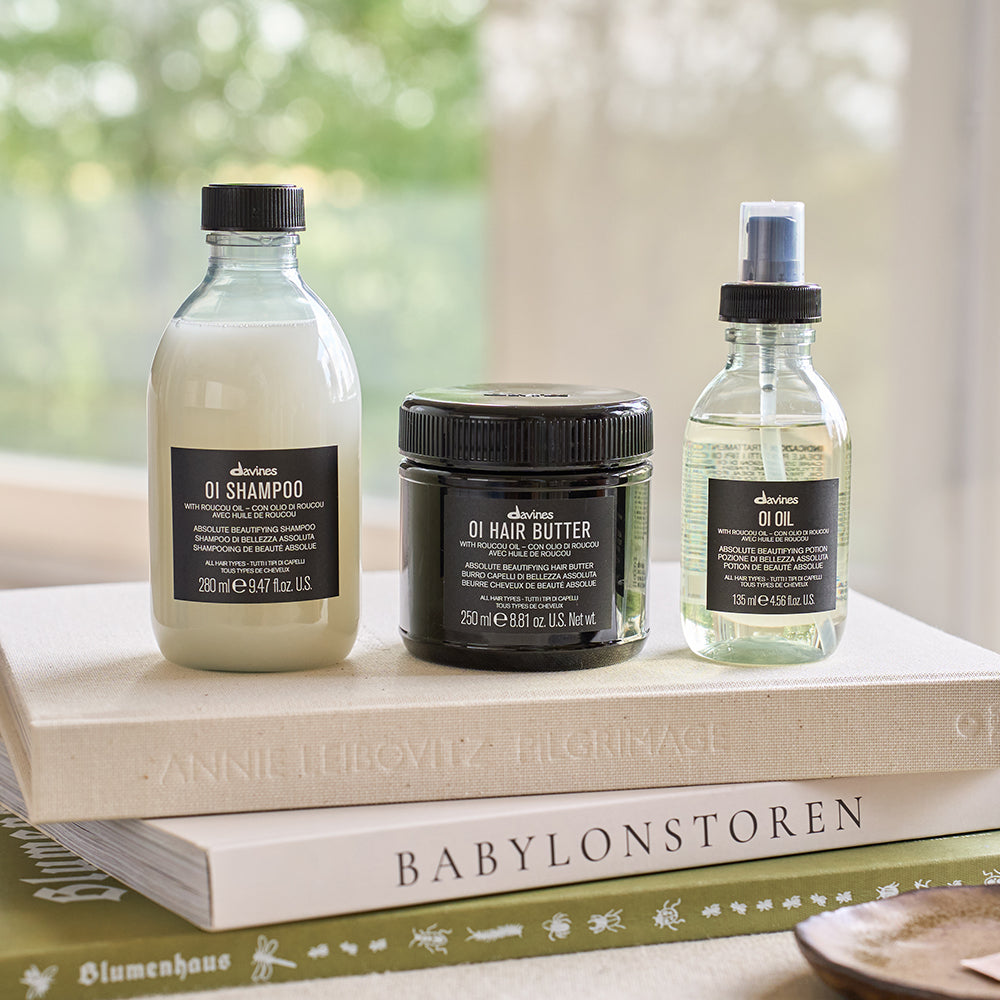
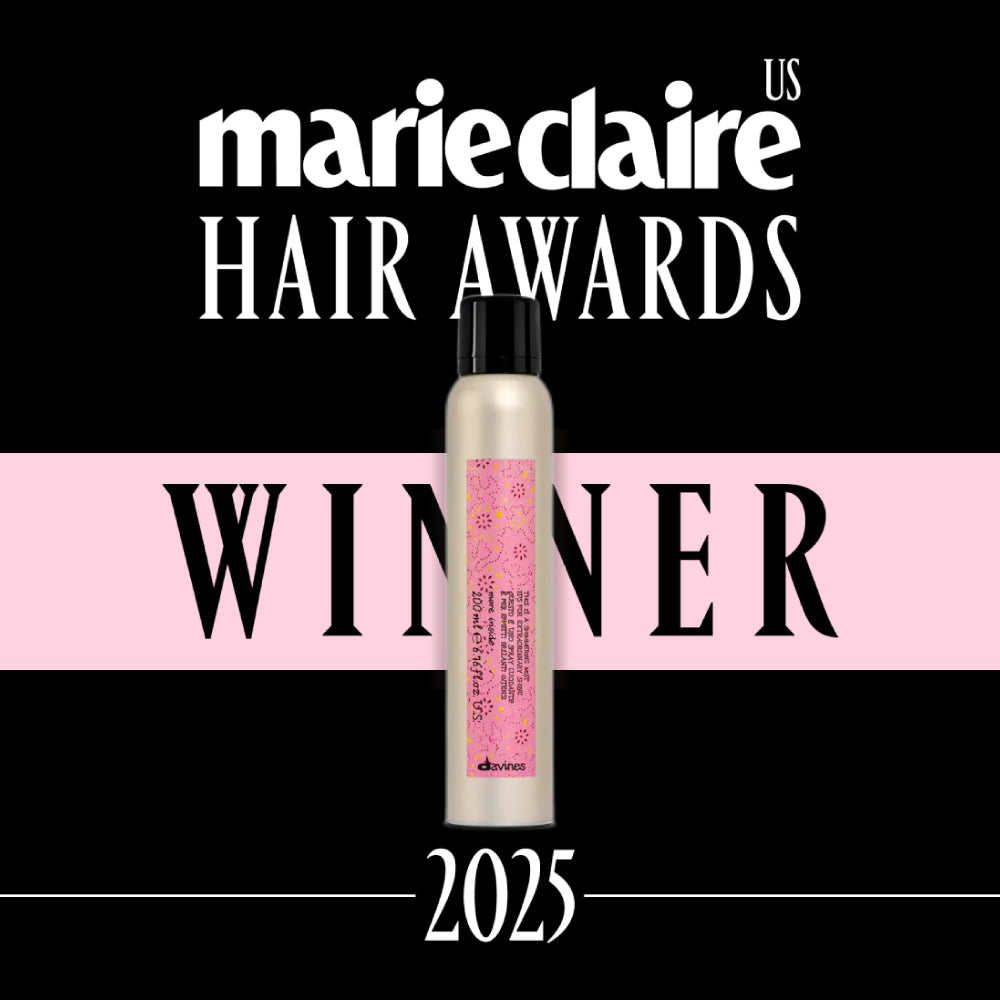

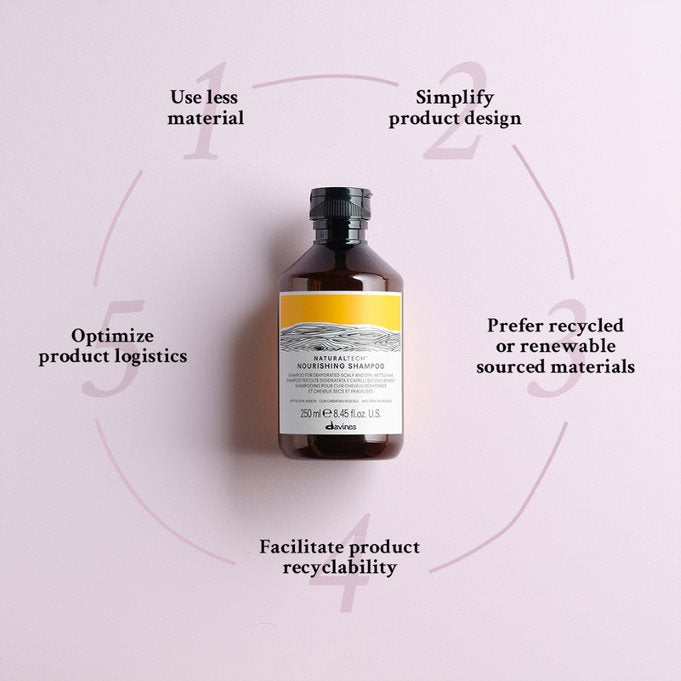
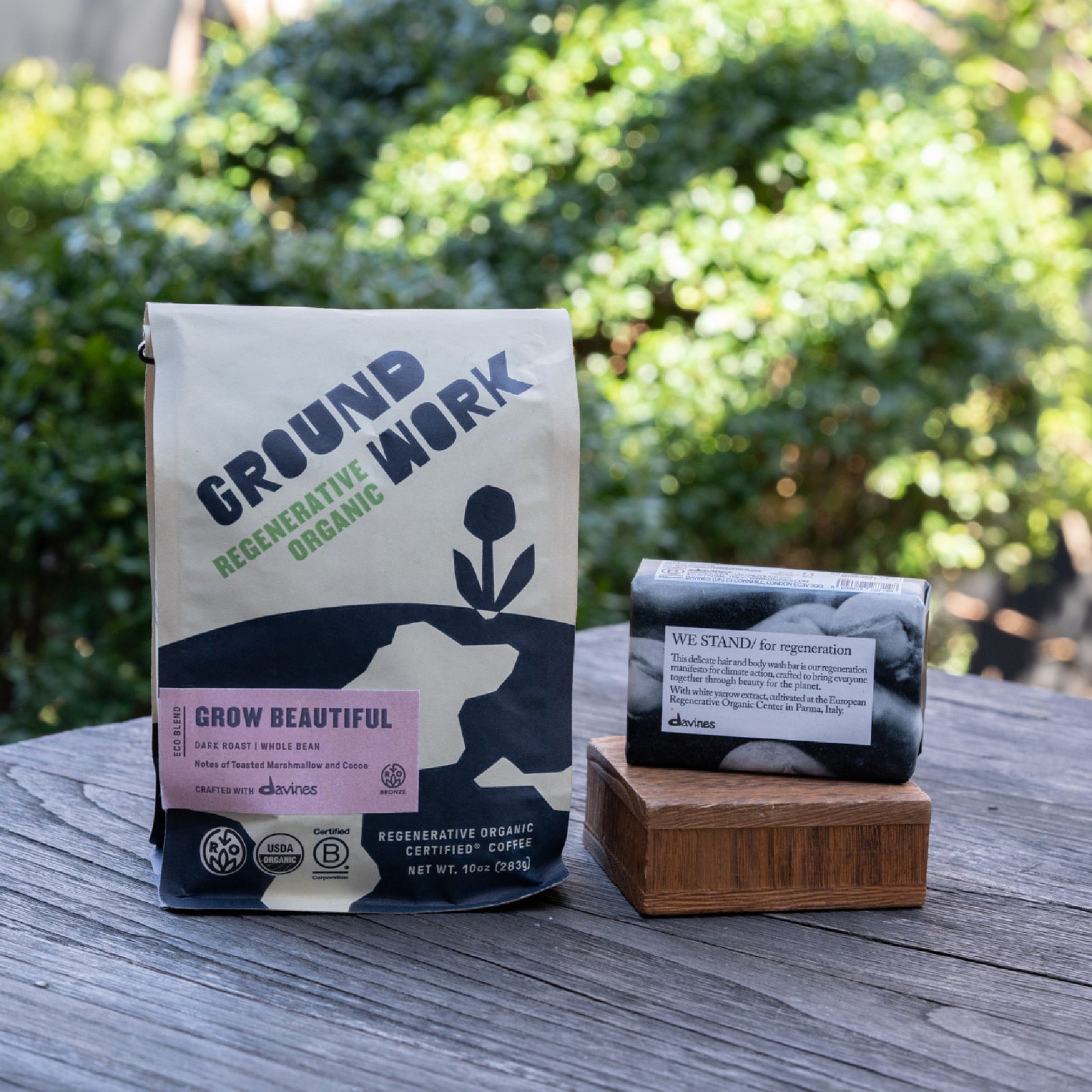
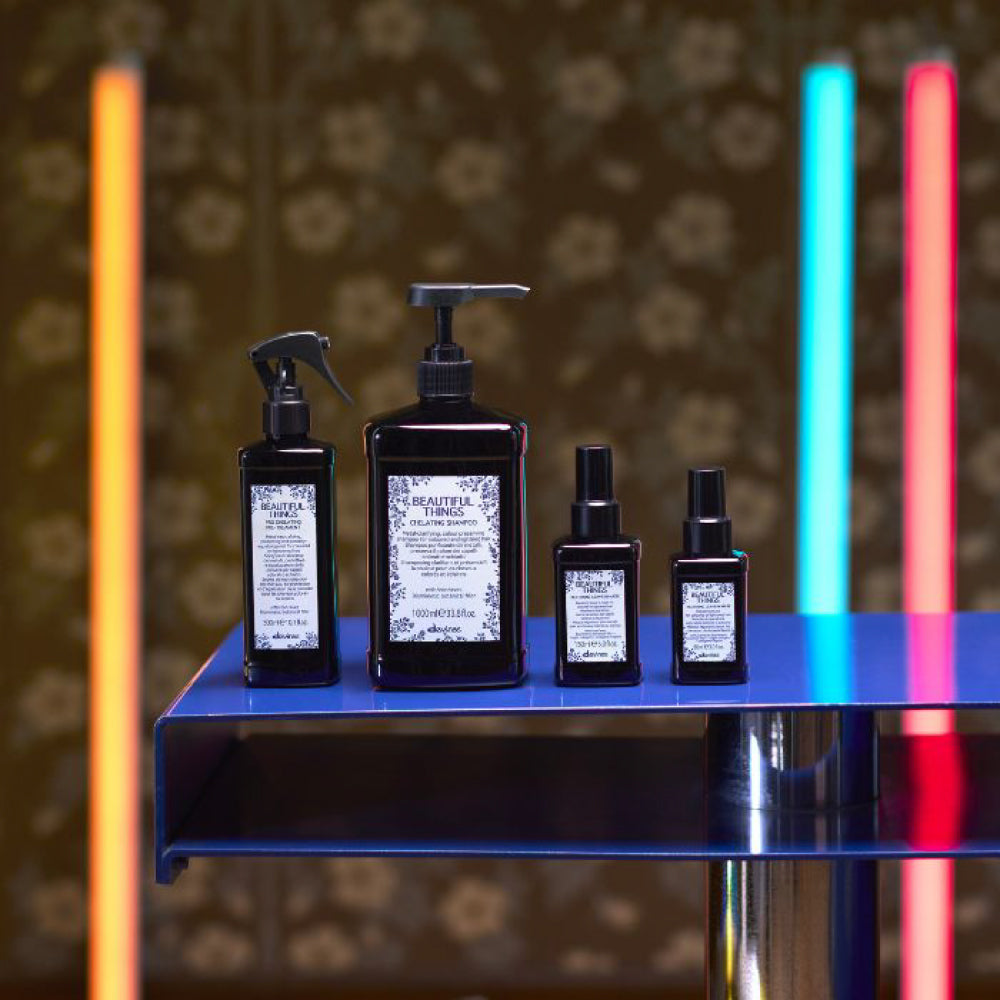
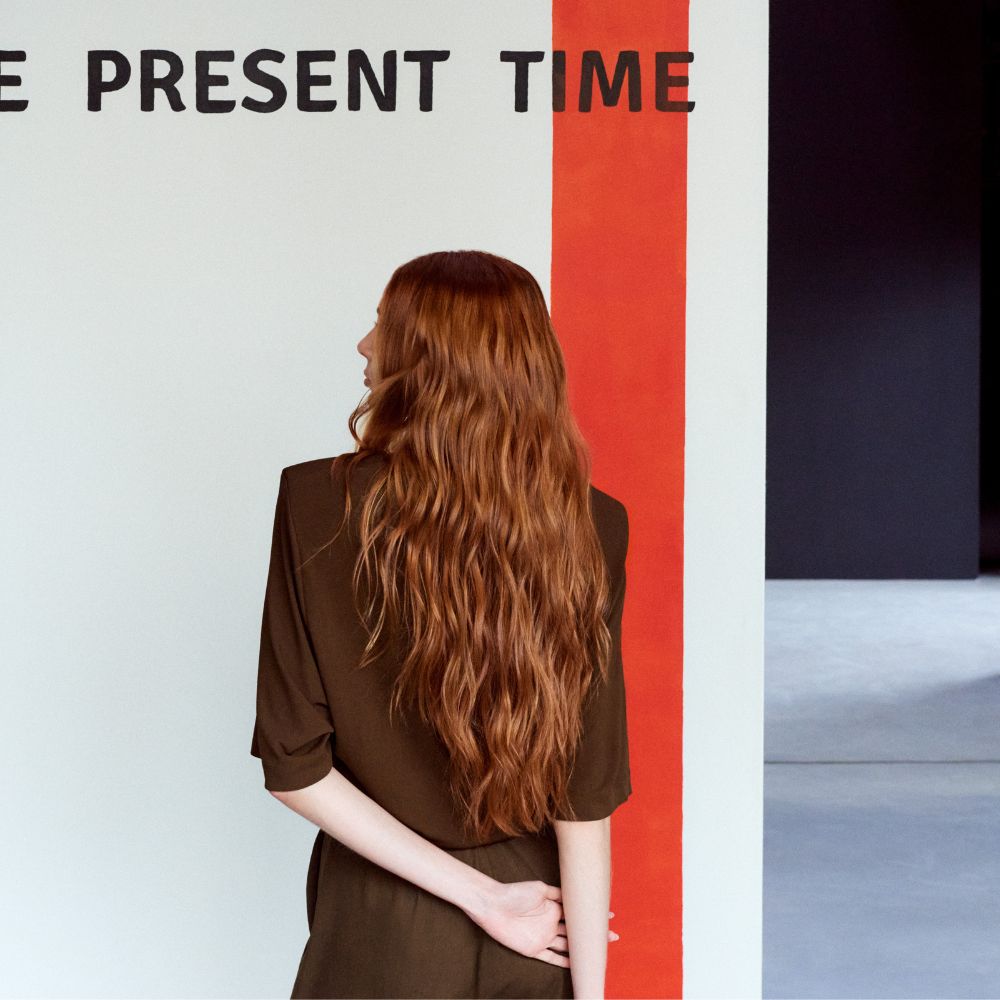
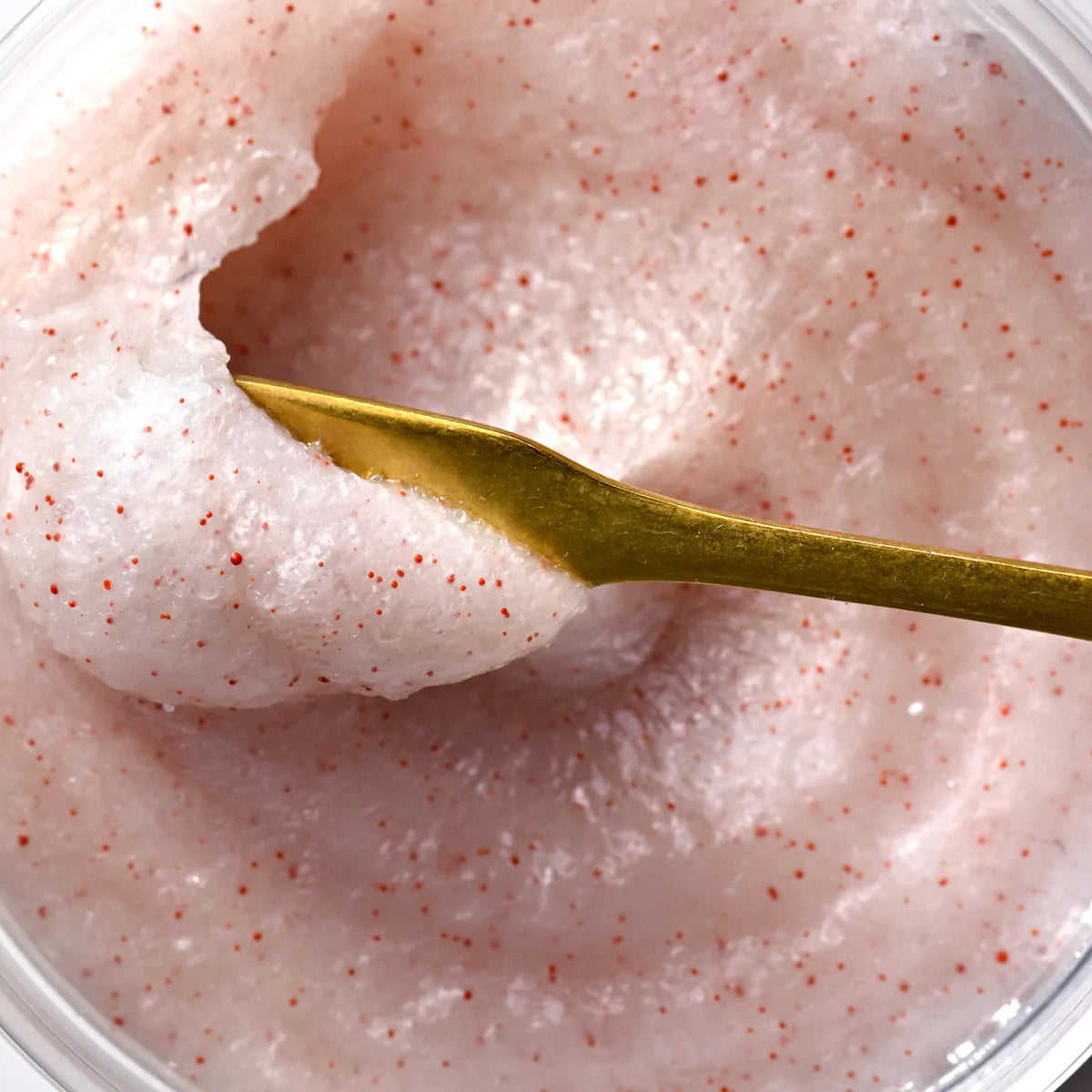
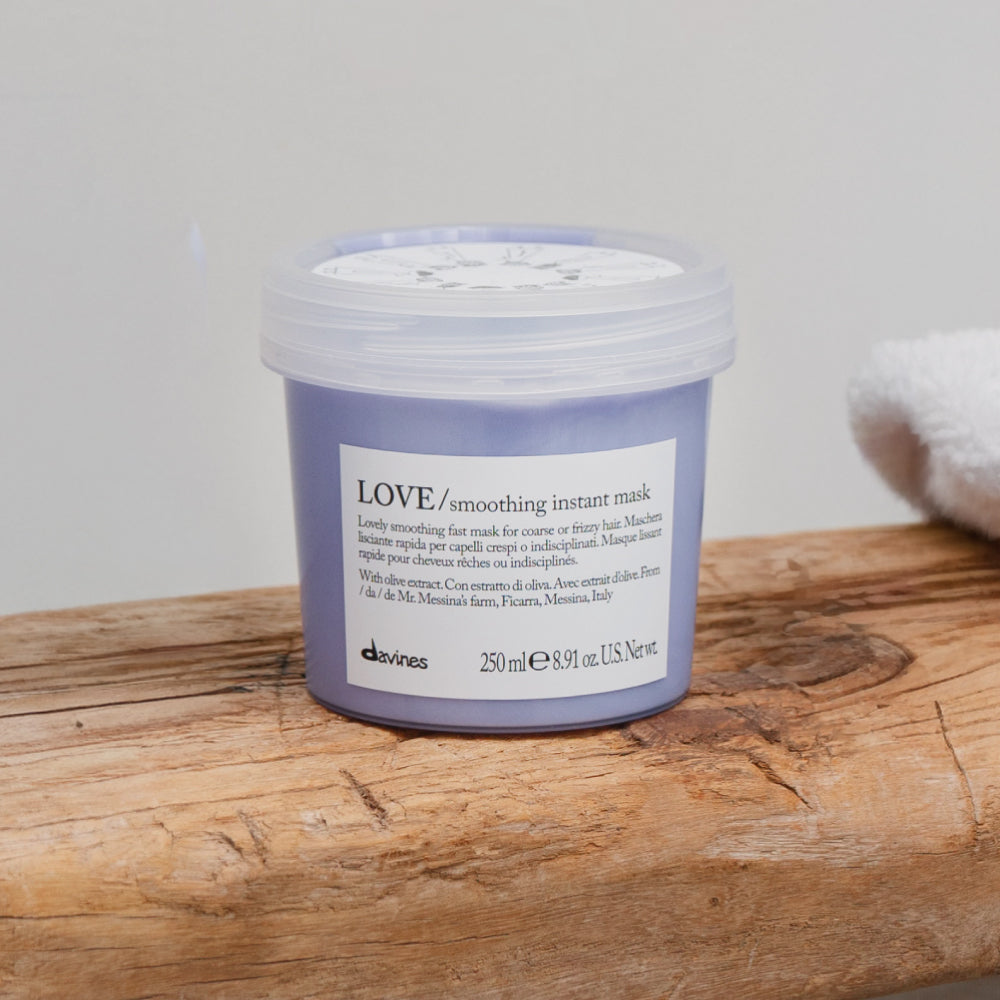



3 Comments
3 Responses
mod
February 10, 2023
what is the difference between Davines two products – Hair Refresher and This Is A Dry Shampoo?
Kristin
March 30, 2020
Can the clarifying and purifying shampoo be used for colored hair?
Jacqueline
March 30, 2020
Can the purifying shampoo be used for colored hair?
Leave a comment
Comments will be approved before showing up.